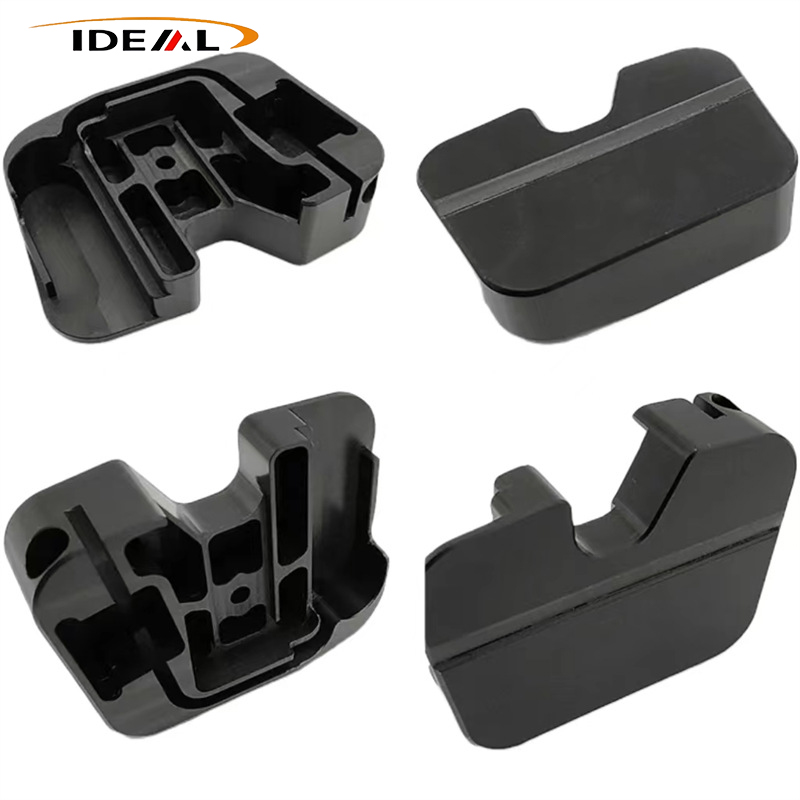Tips for CNC machining plastics
When using CNC machine tools to mill plastic parts, deformation, burrs, and fractures are prone to occur. Reasonable processing technology needs to be adopted according to different plastics and product sizes. The following are tips for CNC machining plastic parts:
1. Reasonable clamping method:
When CNC machining plastics, in order to prevent any movement during the processing, excessive clamping may cause deformation or stress concentration of plastic parts, causing the material to expand and deform in different directions, and the finished product may have quality problems such as insufficient precision or brittleness.
In order to minimize the clamping force, you can choose a suitable clamping method and fixture to ensure the stability and accuracy of the workpiece during the processing. Avoid deformation or damage to the workpiece due to improper clamping.
2. Use the right cutting tool:
Blunt tools, cutting edges with improper angles, and even the design of the chip grooves can lead to poor plastic surface quality. Using the wrong tool can also cause chip accumulation at the cutting position and frictional heat, causing thermal deformation of the plastic. Carbide tools are suitable for most plastics,
Diamond-coated tools can be used for highly wear-resistant plastics such as PEEK.
3. Reasonable cutting parameters:
Cutting parameters need to be adjusted according to the characteristics of plastic materials and processing requirements. The cutting speed of plastics is usually high, but it is necessary to avoid overheating to cause melting or deformation. Appropriately increase the feed speed and use a smaller cutting depth.
Avoid deformation caused by excessive cutting force. Reasonable cutting parameters can balance processing efficiency and workpiece quality while reducing tool wear.
4. Optimize processing strategy:
Use roughing to remove excess material and leave a small amount of margin; use small cutting volume and high speed during fine processing to ensure surface finish and dimensional accuracy. For thick workpieces, layered milling can reduce deformation.
5. Keep cool:
Plastics are prone to thermal deformation during cutting, so it is very important to keep the parts cool. Cutting fluid can be used for cooling and lubrication. This not only reduces cutting temperature, but also reduces workpiece deformation and tool wear.


